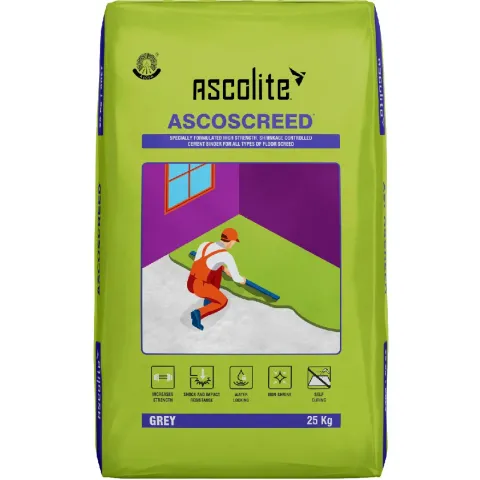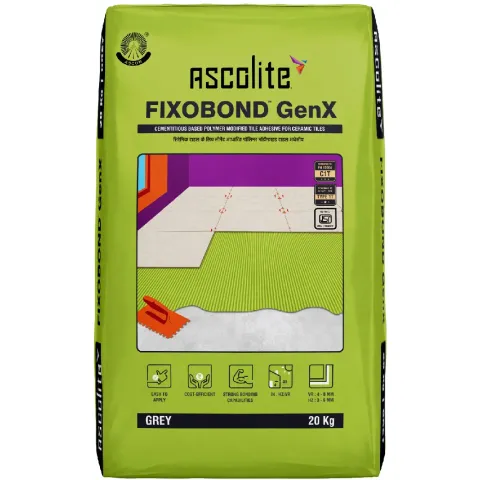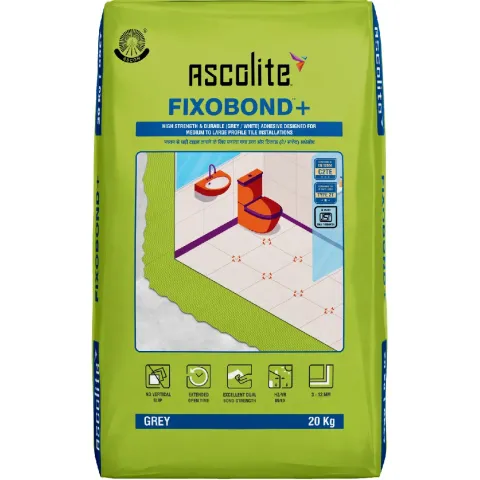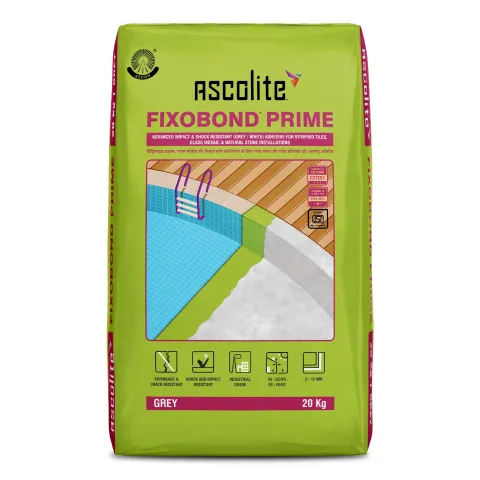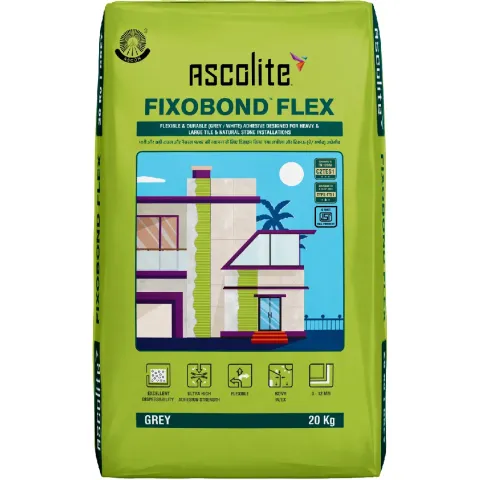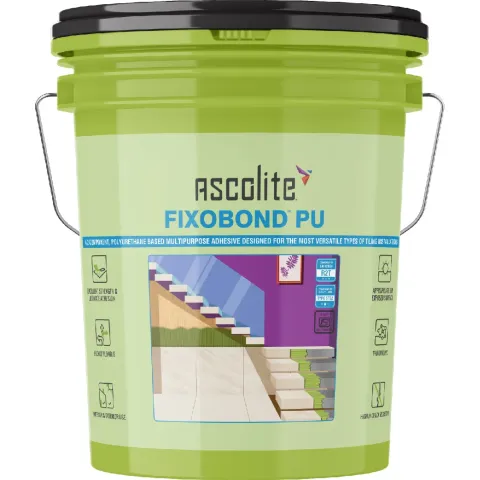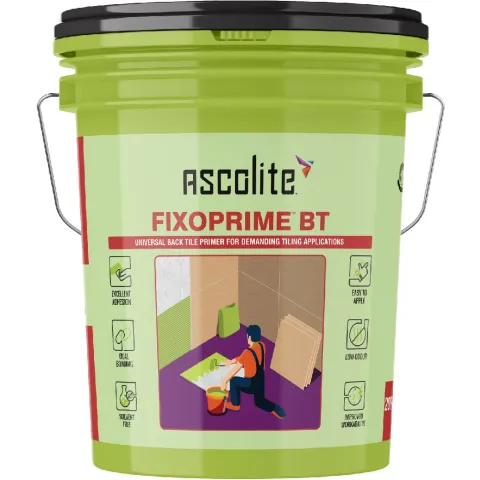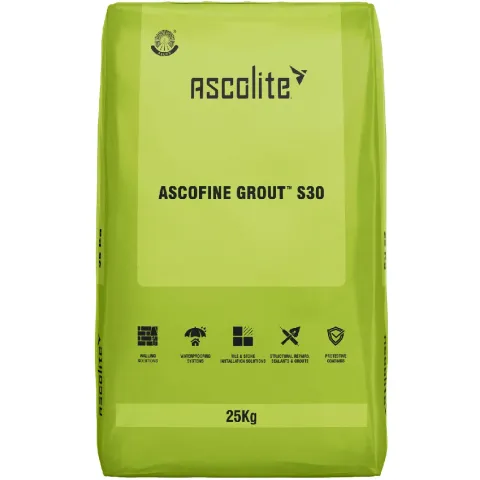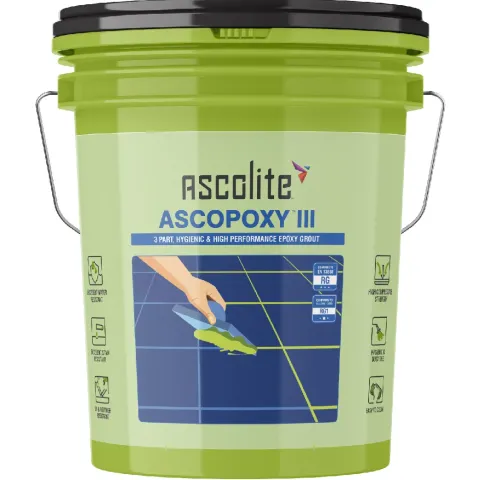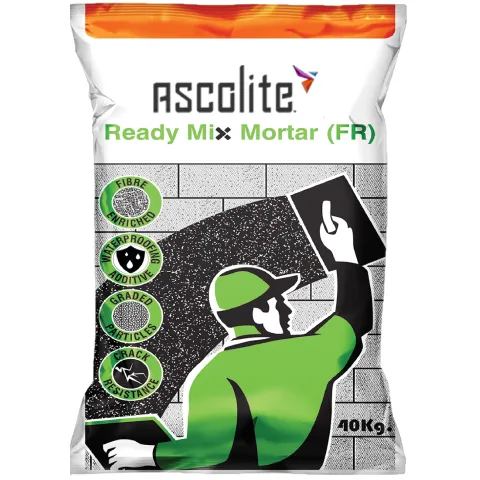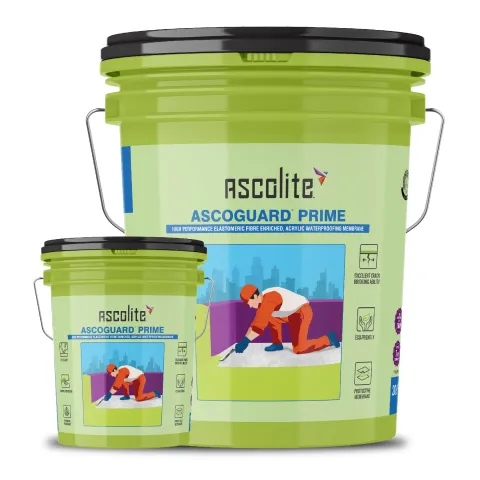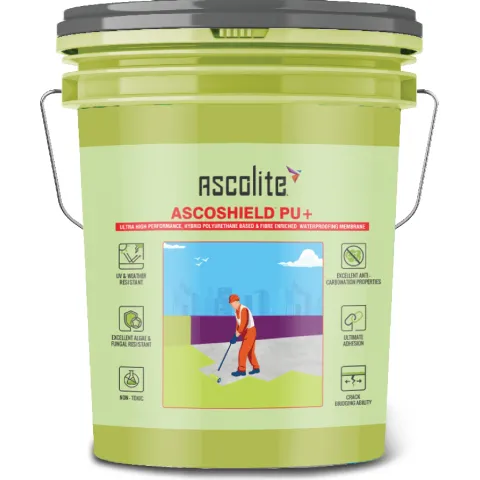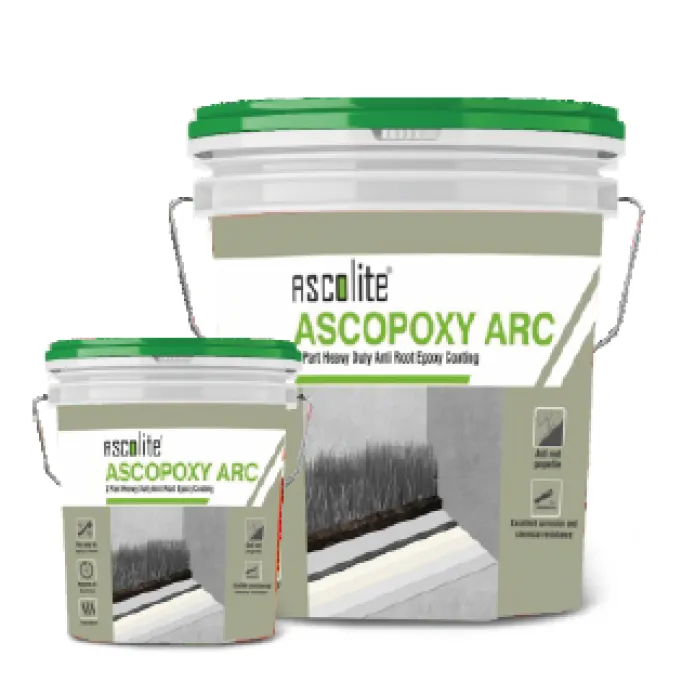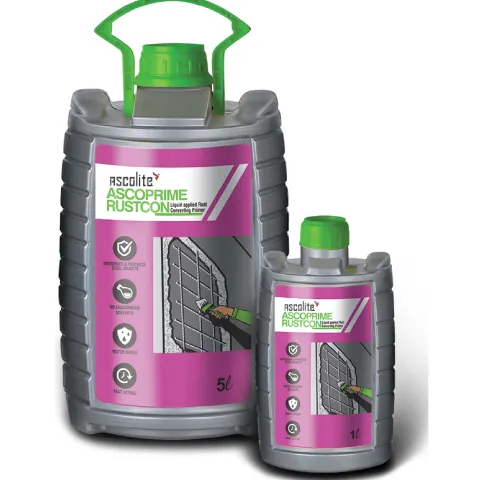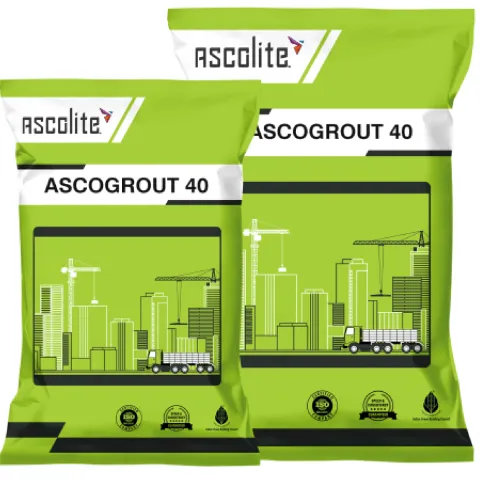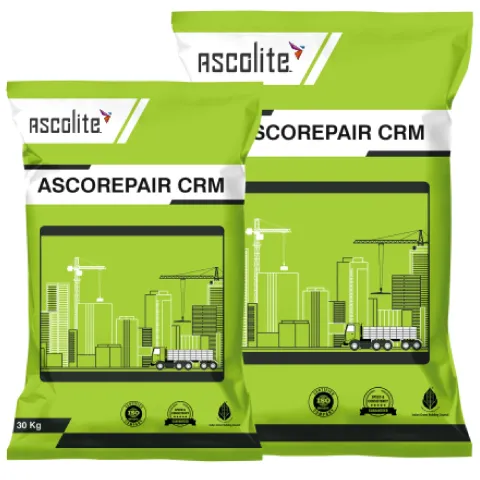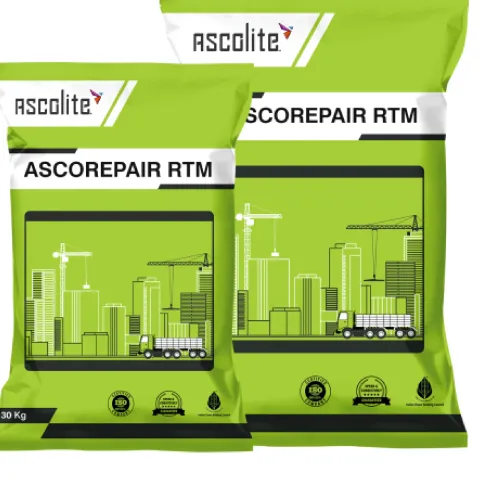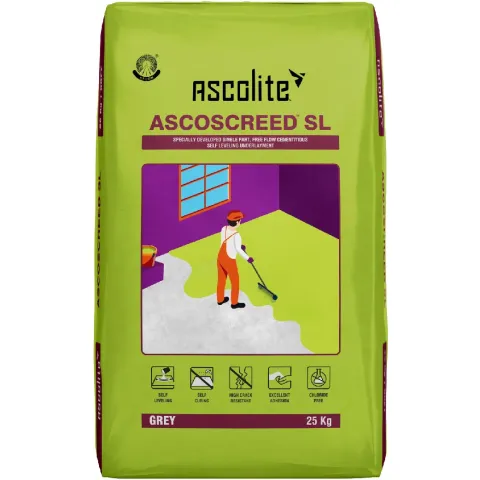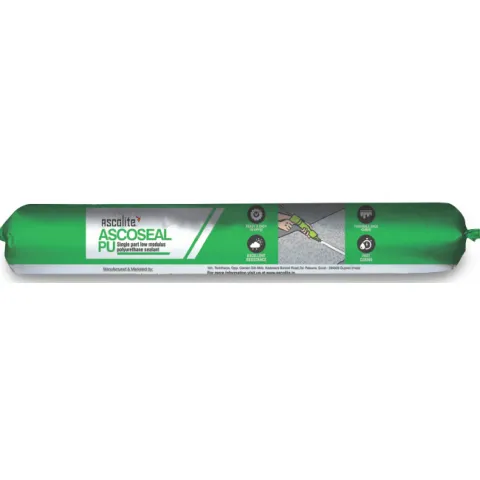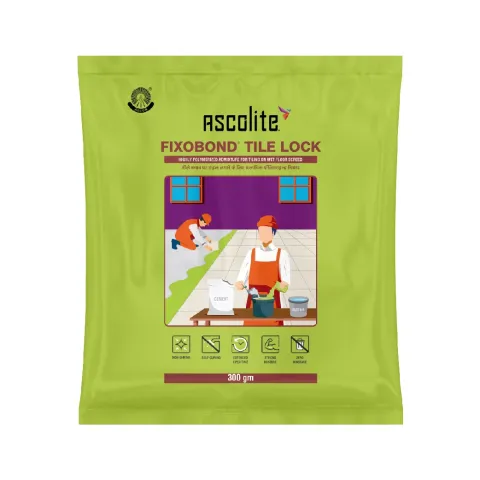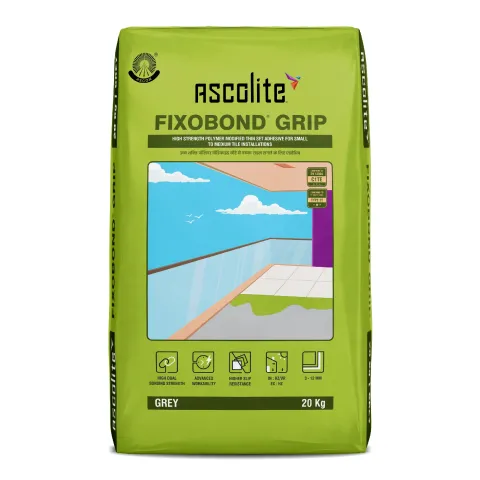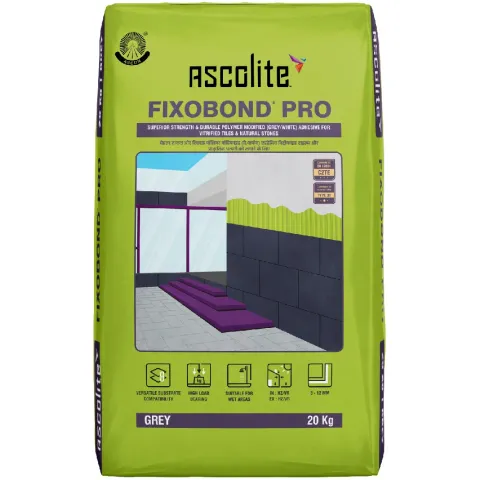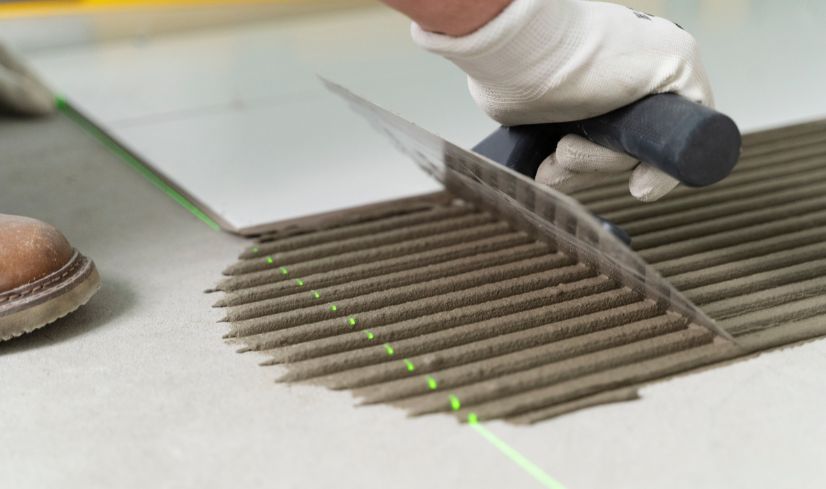
Best Tile Adhesive: How to Choose the Right One for Durable & Strong Bonds
September 9, 2024
A guide to selecting the best tile adhesive based on tile type, surface, and environment.
Understanding Different Types of Tile Adhesives
Choosing the right adhesive starts with knowing what type of adhesive will work best for your specific tiles and project environment. Here are some common types of tile adhesives:
- Cementitious Adhesives
Best for most tiles like ceramic and porcelain, cement-based adhesives are ideal for high-traffic areas like floors and can withstand a variety of conditions. - Epoxy Adhesives
Known for their superior strength and water resistance, epoxy tile adhesives are commonly used in areas exposed to water, such as swimming pools and bathrooms. These are perfect for environments that require chemical resistance or heavy-duty applications. - Acrylic Adhesives
These ready-to-use adhesives are ideal for small tile installations and work well in areas that don’t experience extreme moisture or heavy traffic.
Tile Type Matters: Matching Adhesive to Tile Material
Not all tile adhesives work equally well with every type of tile. Here’s how to match your tile material with the right adhesive:
- Ceramic Tiles
For standard ceramic tiles, cementitious tile adhesive works best. These adhesives bond effectively to most substrates and offer flexibility and durability. - Porcelain Tiles
Porcelain is less porous than ceramic, meaning it requires an adhesive with stronger bonding capacity, such as highly polymer-modified adhesives. These adhesives can withstand porcelain’s density and heavy load. - Natural Stone Tiles (Marble, Granite, etc.)
Natural stone tiles are heavy and require specialized natural stone tile adhesives with a higher bond strength and non-staining properties to prevent discoloration.
Surface Preparation for Tile Adhesion Success
The substrate or surface where you plan to install the tiles plays a significant role in the selection of adhesive. Proper surface preparation for tiles ensures optimal bond strength and long-lasting results.
- Concrete Surfaces
For new or clean concrete, use a high-strength cement-based adhesive. In the case of rough or porous concrete, surface primers may be required to ensure strong adhesion. - Wooden Subfloors
Flexible tile adhesives or acrylic-based adhesives work best on wooden surfaces, allowing for the natural expansion and contraction of wood without compromising the tiles. - Gypsum or Drywall
For indoor wall tiles over drywall, lightweight acrylic adhesives are an ideal choice for their ease of application and bonding strength.
Indoor vs. Outdoor Tile Adhesive: Considering Environmental Factors
When tiling in different environments, the conditions the tiles will be exposed to (such as moisture, temperature changes, and traffic) should guide your adhesive selection.
- Indoor Tile Projects
For interior spaces like kitchens, bathrooms, or living areas, cement-based adhesives or ready-to-use acrylic adhesives are often sufficient. Bathrooms and showers require waterproof adhesives to prevent moisture damage. - Outdoor Tile Projects
Outdoor environments present additional challenges like weather, UV exposure, and temperature shifts. Use epoxy tile adhesives or polymer-modified cement adhesives for outdoor areas like patios or balconies where you need strong, weather-resistant bonding.
Environment-Specific Considerations: Waterproof and Heat-Resistant Adhesives
- Swimming Pools & Bathrooms
In water-prone areas, you need waterproof tile adhesive that can withstand long-term exposure to moisture. Epoxy adhesives are highly recommended for such applications due to their water and chemical resistance. - Fireplaces & Heat-Prone Areas
In heat-sensitive zones like fireplaces or kitchen backsplashes, opt for a heat-resistant tile adhesive that can handle high temperatures without losing bond strength.
Tips for Ensuring Proper Tile Adhesion
- Use Primers for Porous Surfaces
Surfaces like old plaster or brick may need a primer before applying the adhesive to ensure proper bonding. - Check for Adhesive Compatibility
Always verify the compatibility of the adhesive with both the tile material and the substrate to avoid future problems. - Follow the Manufacturer’s Instructions
Each tile adhesive comes with specific instructions regarding the mixing ratio, drying time, and application method. Following these instructions will ensure the best results.
Conclusion: Choose the Right and Best Tile Adhesive for Success
Choosing the right tile adhesive is crucial for the longevity and success of your tiling project. From understanding the types of adhesives to considering the tile material, surface, and environment, each factor plays an important role in achieving professional results. Always remember to consult a professional or follow manufacturer guidelines when selecting your adhesive.
For high-quality tile adhesives that meet the needs of any tiling project, check out our range of products like FIXOBOND PRIME and ASCOPOXY III, perfect for both indoor and outdoor applications.
